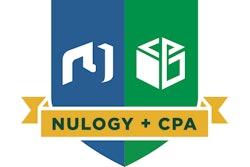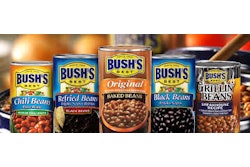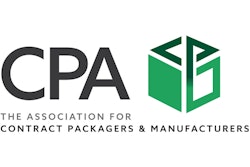
Recently I had a fruitful conversation with Doug Horn, Partner, and Robbie Isenberg, Managing Director, at the Clairvest Group. Founded in 1987 by a group of successful entrepreneurs, theirs is a top-performing private equity (PE) firm with over $2.5 billion of capital under management. Clairvest’s mission is to partner with entrepreneurs to help them build strategically significant businesses.
What piqued my interest in the PE scene and how it relates to packaging is the firm’s most recent partnership with Canadian co-man/co-packer Brunswick Bierworks Inc. Horn and Isenberg have a different approach to packaging where they help founder/owners grow and build value. What guidance do they give the companies with whom they partner? I asked them these questions, largely using co-packer Brunswick as a lens through which to view their approach, but most of what they say is universally applicable to CPGs.
What attracted Clairvest to co-packing to begin with? More than anything else it was the continuing march of SKU proliferation and the explosion of packaging formats that came with it. Clearly this spelled opportunity for PE. What once was a space dominated by (so-called) tier-one Canadian beer brands like Labatt’s and Molson has since fractured to include a healthy ecosystem of craft (tier-two) brands on the upswing, getting bigger pieces of the pie at the expense of tier-one competitors. That’s why co-packing for beer was so attractive.
How are they steering partners like Brunswick in terms of handling capital investment, particularly in uncertain times? By looking for the high value wins that offer the most bang for the buck, they say. Ask yourself how you can maximize/optimize capital investment. Determine the best ROI across the available investment option. “You also don’t want to be so hyper-responsive to customer needs that you’re whipping around and foolishly spending the capital in response,” Isenberg says. “Start from the more critical needs and work your way down so that you can be best aligned with your customers to focus on where they really need you. And then work to provide those needs for the customers at a really high level of proficiency.”
Currently, he sees the most added-value automation coming from the IT and logistics side, particularly around distribution- and retail-facing software. But he also sees the need for flexibility in packaging equipment. One example Isenberg gives is of the craft beer brands that got too deep and dependent on bottles and bottling equipment right before the can craze hit. Which brings up another key piece of direction Clairvest gives its partners: know how to spot a trend.
“The best management teams out there are not trying to put out the fire today,” says Horn. “They’re thinking three to five years ahead in terms of their capacity utilization and what type of equipment they need to succeed in that environment. On the packaging side, we’re seeing the same thing. There are trend and format shifts. The ability for a management team to flexibly build their capital equipment out, but also get ahead of it because these things do have long lead times, is important.”
Speaking of long lead times, the pandemic threw a wrench into supply chains. How does this change things?
“One change is inventory. I think we’re going into a world where holding a little inventory is valued (versus just-in-time),” Horn says. “We’ve seen supply shocks before. Obviously this one was a big one, but it shouldn’t surprise anyone that building more slack into the system is a likely result.”
On a related note, Horn sees the need for increased input diversity. Brands can’t be too reliant on a single supplier (or single region) in the post-pandemic environment.
“The CPG brands are partners to the packaging companies. They work together, so the management teams of these companies need to take it on themselves to make sure that they’re getting as much visibility downstream as possible from the bigger brands, and they can work together to make sure that they can meet demand,” Horn concludes. “We’ve seen a lot of instances in this crisis where active communication actually presented new revenue opportunities because you’re out there trying to get forward visibility on demand.”

























